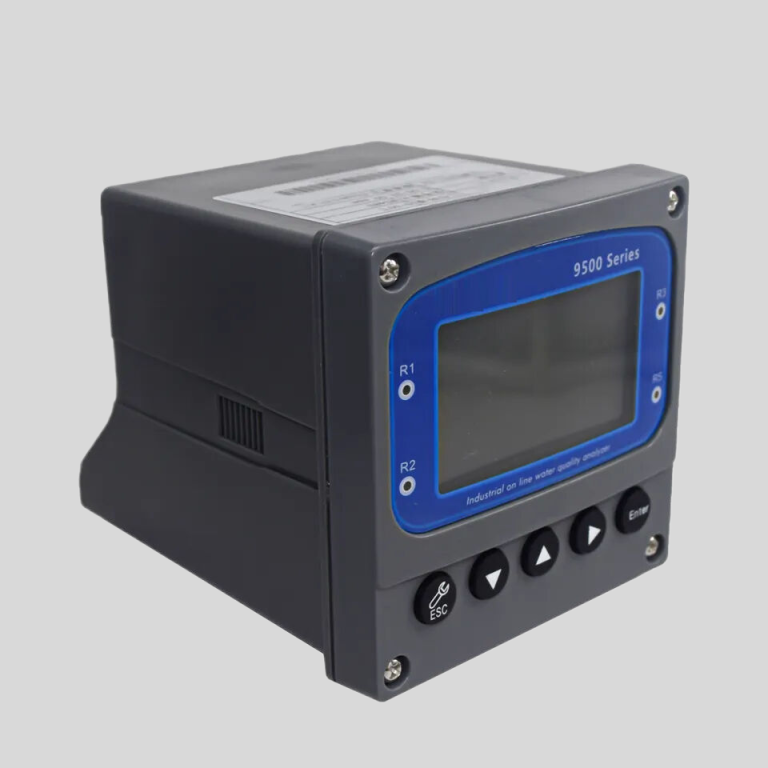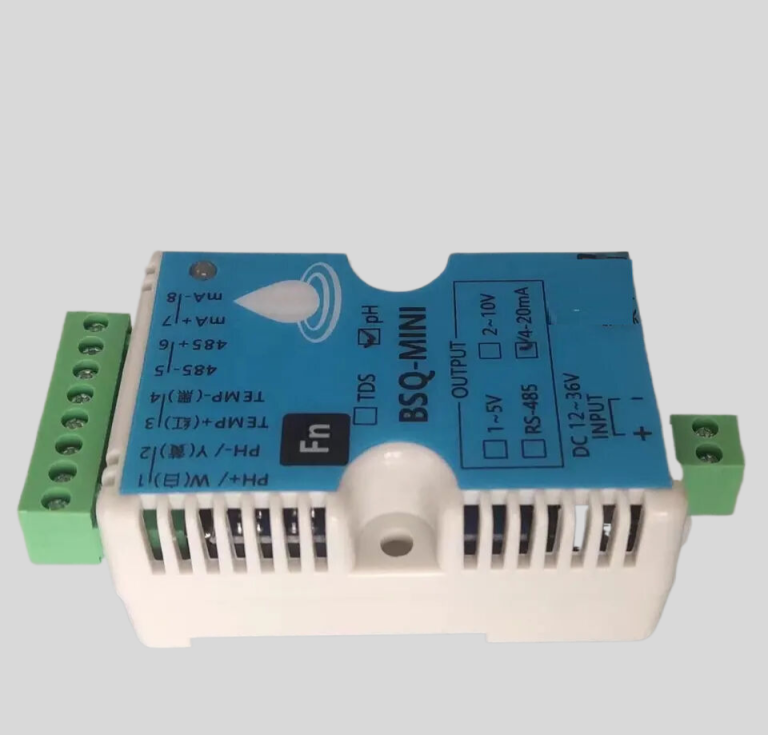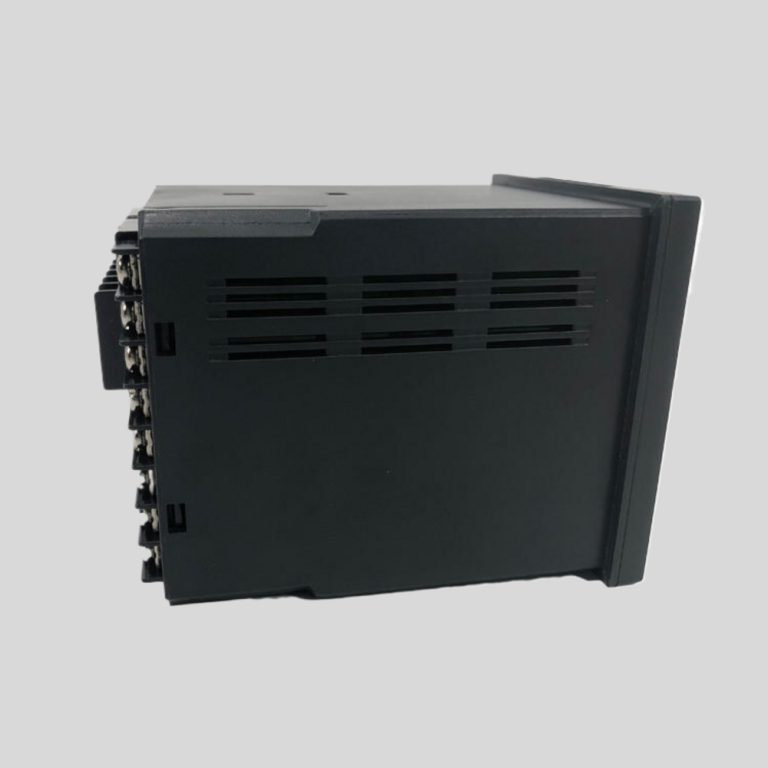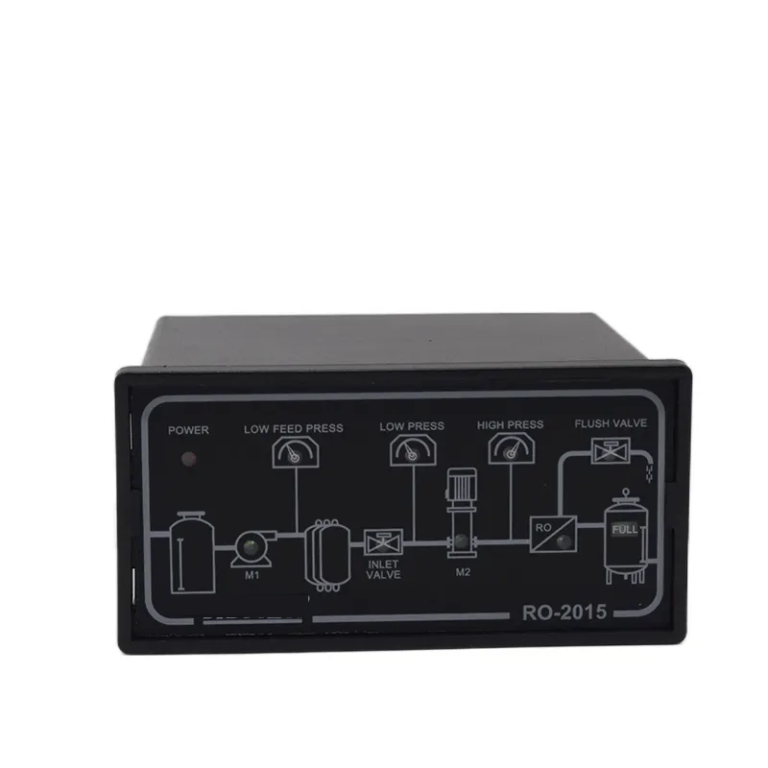Table of Contents
Operating Principles of ORP Sensors
ORP sensors, or Oxidation-Reduction Potential sensors, are widely used in various industries to measure the oxidizing or reducing power of a solution. These sensors play a crucial role in monitoring water quality, controlling chemical processes, and ensuring the efficiency of wastewater treatment plants. Understanding how ORP sensors work is essential for anyone working with water treatment systems or chemical processes.
| Model | EC-510 Intelligent conductivity meter |
| Range | 0-200/2000/4000/10000uS/cm |
| 0-18.25MΩ | |
| Accuracy | 1.5%(FS) |
| Temp. Comp. | Automatic temperature compensation |
| Oper. Temp. | Normal 0~50℃; High temp 0~120℃ |
| Sensor | C=0.01/0.02/0.1/1.0/10.0cm-1 |
| Display | LCD Screen |
| Communication | 4-20mA output/2-10V/1-5V/RS485 |
| Output | High/Low limit dual relay control |
| Power | AC 220V±10% 50/60Hz or AC 110V±10% 50/60Hz or DC24V/0.5A |
| Working Environment | Ambient temperature:0~50℃ |
| Relative humidity≤85% | |
| Dimensions | 48×96×100mm(H×W×L) |
| Hole Size | 45×92mm(H×W) |
| Installation Mode | Embedded |
At the core of an ORP sensor is a reference electrode and a measuring electrode. The reference electrode is typically made of silver/silver chloride, while the measuring electrode is made of platinum or gold. When immersed in a solution, the reference electrode provides a stable reference potential, while the measuring electrode measures the potential difference between the solution and the reference electrode.
| Model | pH/ORP-8851/9900 pH/orp meter |
| Range | 0-14 pH; -2000 – +2000mV |
| Accuracy | ±0.1pH; ±2mV |
| Temp. Comp. | Automatic temperature compensation |
| Oper. Temp. | Normal 0~60℃; High temp 0~100℃ |
| Sensor | pH double/triple sensor; ORP sensor |
| Display | Big Screen LCD Screen |
| Communication | 4-20mA output/RS485 |
| Output | High/Low limit dual relay control |
| Power | DC24V/0.5A or AC85-265V±10% 50/60Hz |
| Working Environment | Ambient temperature:0~50℃ |
| Relative humidity≤85% | |
| Dimensions | 96×96×72mm(H×W×L) |
| Hole Size | 92×92mm(H×W) |
| Installation Mode | Embedded |
The principle behind ORP sensors is based on the redox reaction, which involves the transfer of electrons between two substances. In an oxidizing environment, one substance gains electrons (reduction), while in a reducing environment, one substance loses electrons (oxidation). The potential difference between the two substances is measured by the ORP sensor and is expressed in millivolts (mV).
ORP sensors work by measuring the voltage generated by the redox reaction between the measuring electrode and the solution. The voltage measured by the sensor is directly related to the oxidizing or reducing power of the solution. A positive ORP value indicates an oxidizing environment, while a negative ORP value indicates a reducing environment.

One of the key factors that influence the accuracy of ORP measurements is the pH level of the solution. pH is a measure of the acidity or alkalinity of a solution and can affect the redox potential of the solution. To ensure accurate ORP measurements, it is essential to calibrate the sensor regularly and take into account the pH level of the solution.
ORP sensors are commonly used in water treatment systems to monitor the effectiveness of disinfection processes. In a water treatment plant, ORP sensors are used to measure the oxidizing power of chlorine or other disinfectants. By monitoring the ORP value of the water, operators can ensure that the disinfection process is working effectively and adjust the dosage of disinfectants as needed.
In chemical processes, ORP sensors are used to control the oxidation-reduction reactions that occur during the production of various chemicals. By monitoring the ORP value of the solution, operators can optimize the reaction conditions and ensure the desired product quality. ORP sensors are also used in wastewater treatment plants to monitor the efficiency of the treatment process and ensure compliance with environmental regulations.
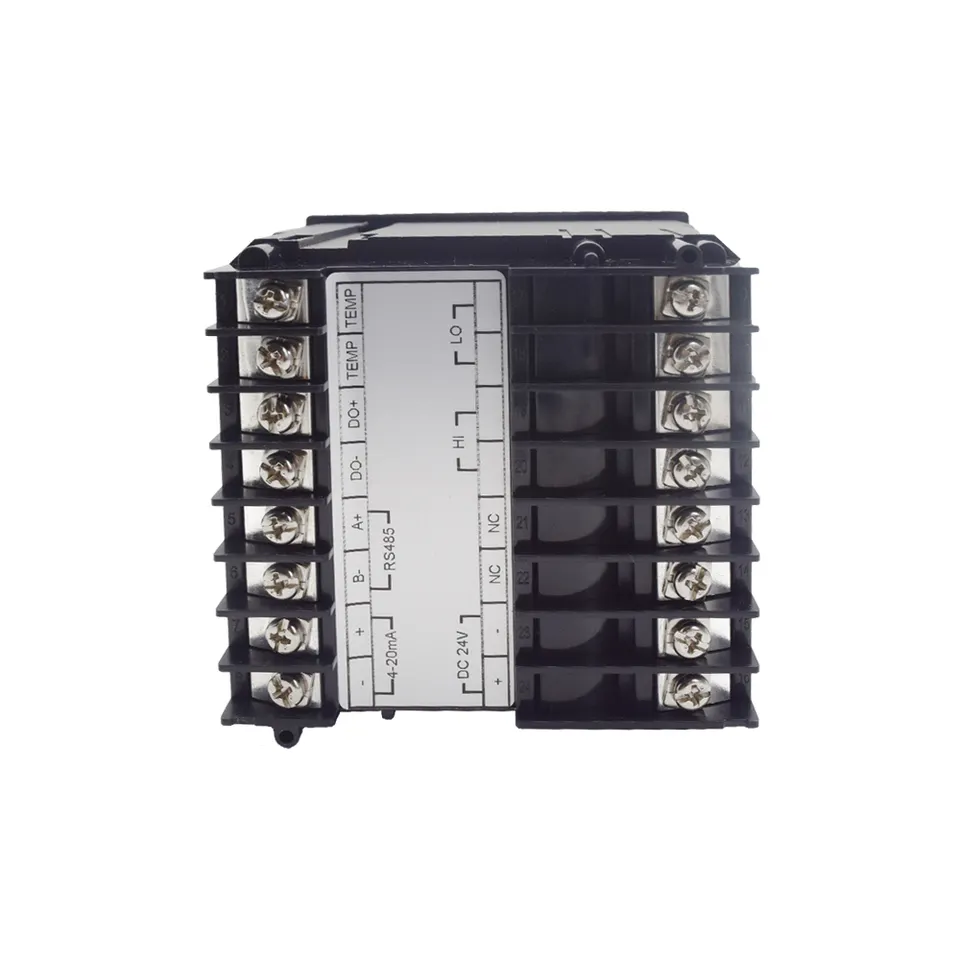
In conclusion, ORP sensors play a crucial role in monitoring water quality, controlling chemical processes, and ensuring the efficiency of wastewater treatment plants. By measuring the oxidizing or reducing power of a solution, ORP sensors provide valuable information that helps operators make informed decisions and maintain the quality of their processes. Understanding how ORP sensors work is essential for anyone working with water treatment systems or chemical processes.
Understanding the Technology Behind ORP Measurements
Oxidation-Reduction Potential (ORP) sensors are widely used in various industries to measure the oxidizing or reducing power of a solution. Understanding how these sensors work is crucial for ensuring accurate and reliable measurements. In this article, we will delve into the technology behind ORP sensors and explore the principles that govern their operation.
At the heart of an ORP sensor is a reference electrode and a measuring electrode. The reference electrode is typically made of silver/silver chloride, while the measuring electrode is usually made of platinum. These electrodes are immersed in the solution being measured, and a potential difference is generated between them based on the redox reactions occurring in the solution.
When the measuring electrode comes into contact with a solution, redox reactions take place at the electrode surface. These reactions involve the transfer of electrons between the electrode and the solution, leading to changes in the electrode potential. The reference electrode, on the other hand, provides a stable reference point against which the potential of the measuring electrode can be measured.
The potential difference between the measuring and reference electrodes is measured by a voltmeter, which converts this electrical signal into a readable value. This value is then used to calculate the ORP of the solution, which is a measure of its oxidizing or reducing power.
ORP sensors work on the principle that the potential difference between the measuring and reference electrodes is directly related to the concentration of oxidizing or reducing agents in the solution. A higher potential difference indicates a higher concentration of oxidizing agents, while a lower potential difference indicates a higher concentration of reducing agents.
One of the key factors that influence the accuracy of ORP measurements is the pH of the solution. pH affects the redox reactions occurring at the electrode surface and can lead to errors in the measurement if not properly accounted for. To address this issue, modern ORP sensors are equipped with built-in temperature and pH compensation features that help correct for variations in pH and temperature.
Another important consideration when using ORP sensors is the maintenance and calibration of the sensor. Over time, the electrodes can become fouled or degraded, leading to inaccurate measurements. Regular cleaning and calibration of the sensor are essential to ensure reliable and consistent results.
In conclusion, ORP sensors are valuable tools for measuring the oxidizing or reducing power of a solution. By understanding the technology behind these sensors and the principles that govern their operation, users can make informed decisions about their use and ensure accurate and reliable measurements. Proper maintenance and calibration of the sensor are essential to maximize its performance and longevity.


